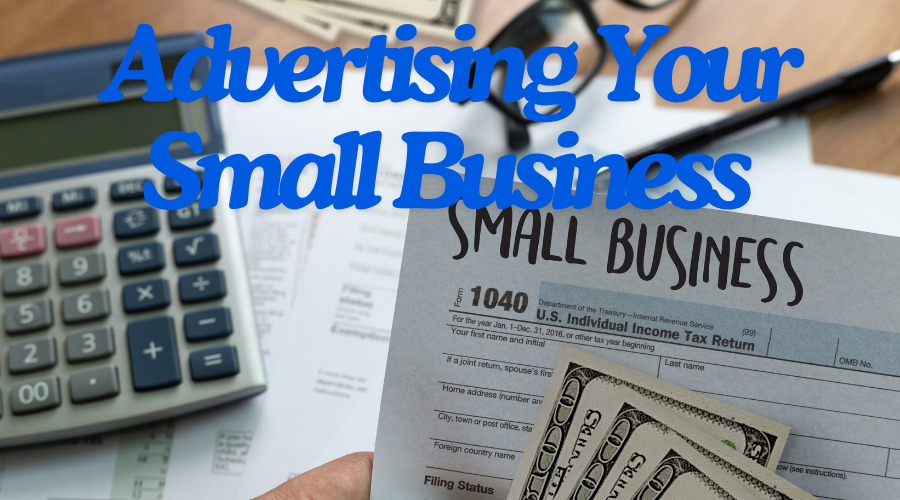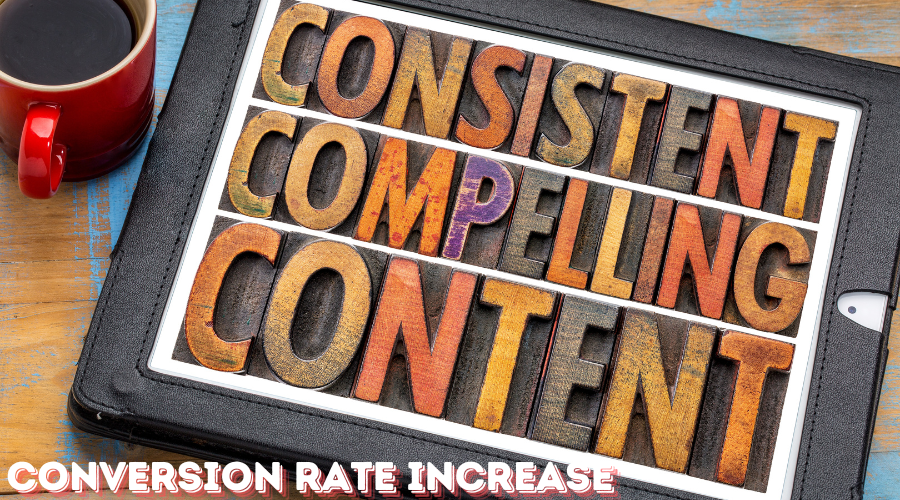The market for most businesses is extremely competitive, especially for small businesses. Advertising is no longer an option – it's a necessity. An effective marketing strategy can be the difference between a thriving business and one that struggles to stay afloat. Reaching out to customers, building brand awareness and driving sales can all be accomplished with effective advertising.
Understanding Your Target Audience
The first step in creating a successful advertising campaign is knowing who you're trying to reach. Your ideal customer is someone who needs or wants your product or service and fits into the demographics, interests and behaviors that align with your business goals.
When creating an advertising campaign, consider factors such as age, gender, location, income level, education, occupation and lifestyle. If you are a landscaper, is your customer more likely to be in his or her 20s or 60s? Is the customer more likely male or female? Can your targeted customers afford your services? All of these demographics make a difference. You don't want to spend money on advertising to someone who most likely won't use your services.
But what if your target audience crosses demographic lines? You can create two or more different marketing strategies to target potential customers of various age groups, those who are more likely to use Facebook instead of Instagram, and so on. Create a buyer persona for each ad campaign.
Combine demographic data and behavioral data you collected to create a detailed profile. Once you have a persona created, you can create lists of customers that fit that persona. For example, you might have one that includes females over 50 years old for lawn mowing and those who are in their 20s that need more extensive services. You have two different targets who will probably look for your services in two different places.
Setting Clear Advertising Goals
When creating an advertising campaign, you should have specific goals. One type of advertising campaign might be to get your brand name in front of potential new customers (brand awareness), and another one might be to increase sales. They use two different advertising techniques, and the wording for your advertising will be different.
Choosing the Right Advertising Channels
We spoke briefly about choosing the correct advertising platform based on age. For example, people over 40 might prefer Facebook, but those in their 20s might prefer TikTok. The various channels you can use include:
- Traditional media (print, radio, TV)
- Digital media (social media, search engines, email marketing)
Knowing a potential customer's preferences determines which method you use to get your name in front of people.
Crafting a Compelling Message
Your value proposition is the heart of your advertising message. It's a clear statement that explains how your product or service solves a problem, delivers specific benefits, and tells the customer why they should choose you over competitors. A strong value proposition should be:
- Clear and Concise: Avoid jargon and be straightforward.
- Customer-Focused: Highlight the benefits and value to the customer.
- Unique: Differentiate your business from competitors.
For example, if you run a small bakery, your value proposition could be "Handcrafted, organic pastries made fresh daily to satisfy your sweet tooth without compromising on quality."
Tips for Creating Engaging and Persuasive Ad Copy
Engaging and quality content is crucial for catching your audience's attention and causing it to take action. Some tips to make your ad copy stand out include:
- Know Your Audience: Tailor your language and tone to resonate with your target audience.
- Focus on Benefits: Highlight the benefits of your product or service, not just the features. Explain how it will improve the customer's life.
- Create Urgency: Use time-sensitive language to encourage immediate action where appropriate. Phrases like "limited time offer," "act now," or "while supplies last" can drive urgency.
- Include a Strong Call to Action (CTA): Make it clear what you want the customer to do next. Use action-oriented language like "Buy Now," "Sign Up Today," or "Learn More."
- Tell a Story: People connect with stories. Use storytelling to make your ad copy more engaging and relatable.
Use of Visuals and Branding Elements
Always include visuals and branding elements to enhance your advertising message and make it memorable. When someone can't use your services or purchase your product today, you want that person to remember your brand when he or she is ready to make a purchase.
Tips for creating memorable advertising include:
- High-Quality Images: Use professional, high-resolution images that reflect the quality of your product or service. Images should be relevant and evoke emotions that align with your brand.
- Consistent Branding: Ensure your ads reflect your brand's identity through consistent use of colors, fonts, and logos to help build brand recognition and trust.
- Videos and Animations: Incorporate videos and animations to explain complex ideas quickly and keep your audience engaged. Videos are particularly effective on social media and can significantly boost engagement.
- Infographics: Use infographics to present data and information in a visually appealing and easy-to-digest format. They are great for sharing on social media and can help establish your business as an authority in your field.
- Clear Layout and Design: Avoid clutter. Use a clean and simple design that directs the viewer's attention to the key message and CTA.
When you combine a strong value proposition with engaging ad copy and compelling visuals, you can create a powerful advertising message to attract and convert new customers.
Budgeting for Advertising
It is crucial for any business to set an advertising budget, and even more so for small businesses. The amount you set for advertising should reflect your business goals, the competitiveness of your industry and your overall financial health.
A common rule of thumb is to allocate five to ten percent of your annual revenue to advertising. However, this can vary depending on the size of your business, growth stage and industry.
Choose key performance indicators – set clear goals, such as brand awareness, lead generation or direct sales, as these choices will influence your budget.
Check out your competitors to see how much they are spending on advertising – this can give you a baseline for your own advertising budget. Finally, consider the lifetime value of what you can afford to spend on acquiring each new customer.
Once you have determined your budget, allocate it across different channels – don't spend it all in one place. For example, you might want to advertise in a local newspaper, have someone create blogs, use paid ads or advertise on social media.
When you have a limited budget, you want to focus on the channel that gives you the most bang for your buck, especially the free and low-cost options. You can advertise for free on social media platforms, hire a blogger to create top-quality blogs, or even go the more expensive route or pay for ads on social media, Google and other places.
Regardless of your choices, you should have at least two, if not more, methods to get your brand in front of people.
Leveraging Social Media
People of different ages use different social media platforms. Even different geographic locations use different social media platforms. Make sure you choose the right platform, especially if you are paying for ads.
Create a content calendar so that you post the same number of times per week at the same time. Consistent posting means people know when to find your content, especially if you have a weekly blog – your followers who find value in your content will look forward to your postings each week.
For example, a landscaper might write blogs with tips about planting local flowers or how to keep a lawn looking great during the dry season. Consistent blogging shows people who don't know you that you are reliable and knowledgeable.
Finally, always engage with your community. If people leave comments on your social media or blog, respond to them, even if it's just a short acknowledgment.
Email Marketing StrategiesAn email list is the foundation of effective marketing. Tips for building and maintaining an email list include:
- Use sign-up forms on your website, blog and social media pages.
- Attract subscribers by offering incentives, such as discounts, free e-books, exclusive content or entry into a contest. Make sure the value is clear and relevant to your target audience.
- Collect email addresses at events such as trade shows or in your store if you have a brick-and-mortar store.
- Be sure to follow email marketing regulations, such as GDPR and the CAN-SPAM Act. You need explicit consent to email them, and you must provide an easy way to unsubscribe.
- Maintain your email list by removing inactive subscribers and those with invalid email addresses.
Once you start sending out newsletters or emails, create engaging subject lines to encourage people to open the email. Personalize the emails for each customer by using the recipient's name and tailoring the content to his or her interests and behaviors.
Ensure your emails have value, or people will stop reading them and unsubscribe. Also, use visuals such as high-quality graphics to catch your readers' attention. Include a clear call-to-action (CTA) to make it easy for the reader to "do something," such as "Shop Now," "Learn More," or "Sign Up."
Get Your Advertising Campaign Off the Ground With Blogs and Social Media Posts
Start small with your advertising campaign, especially if you are a one- or two-person business. You can create your own social media calendar and post for free, plus you can hire a blog writer to create blogs for your website. If you create the website and post the blogs yourself (once the writer sends them to you), you can save a ton of money.












Comments